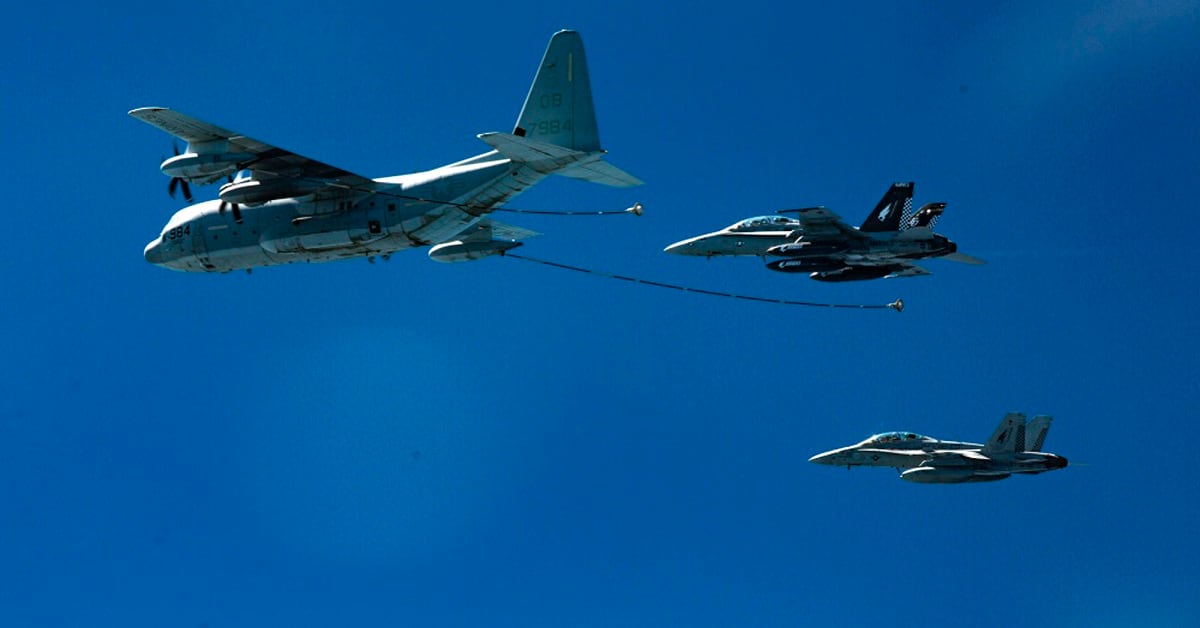Three distinct signals thought to be from the flight data recorders from a Marine Corps KC-130J and F/A-18D that crashed off the coast of Japan last month have been detected, the Marine Corps confirmed Sunday.
Five crew from a KC-130J assigned to Marine Aerial Refueler Transport Squadron 152, 1st Marine Aircraft Wing, or “Sumos” squadron, and the pilot of the two-person F/A-18D Hornet assigned to Marine All Weather Fighter Attack Squadron 242, or “Bats,” were killed Dec. 6 in an accident over the Philippine Sea that has been described by Japanese defense officials as a midair collision.
The investigation into what caused the crash is expected to take months, the Marine Corps previously said.
RELATED

The F/A-18′s weapons officer was rescued and was the sole survivor of the incident.
The Navy dispatched a salvage team from Yokosuka Naval Base Dec. 17, and arrived at the scene Dec. 18 with a TPL-25 towed pinger locator.
“On Dec. 19, signals were detected and by Dec. 21, the team was able to confirm three distinct pingers at a depth of approximately 3,000 meters (9,843 feet)" the Marine Corps said in a statement. “Two of the pingers are thought to mark the location of the KC-130, one of which is co-located with the KC-130s digital flight data recording device, and the third pinger is associated with the F/A-18.”
RELATED

The Marine Corps said it could not definitely say the signals belong to the lost aircraft until they are salvaged. However, given the extreme depth of the location of the signals, salvage and recovery will have to be “weighed by an overall risk assessment encompassing weather, sea state, water depth, underwater current and seabed environment.”
The search for survivors was called off after a massive, multi-day operation with Japanese, U.S. and Australian forces was unable to find the missing Marines, despite combing nearly 35,000 square nautical miles of ocean.
Tara Copp is a Pentagon correspondent for the Associated Press. She was previously Pentagon bureau chief for Sightline Media Group.





